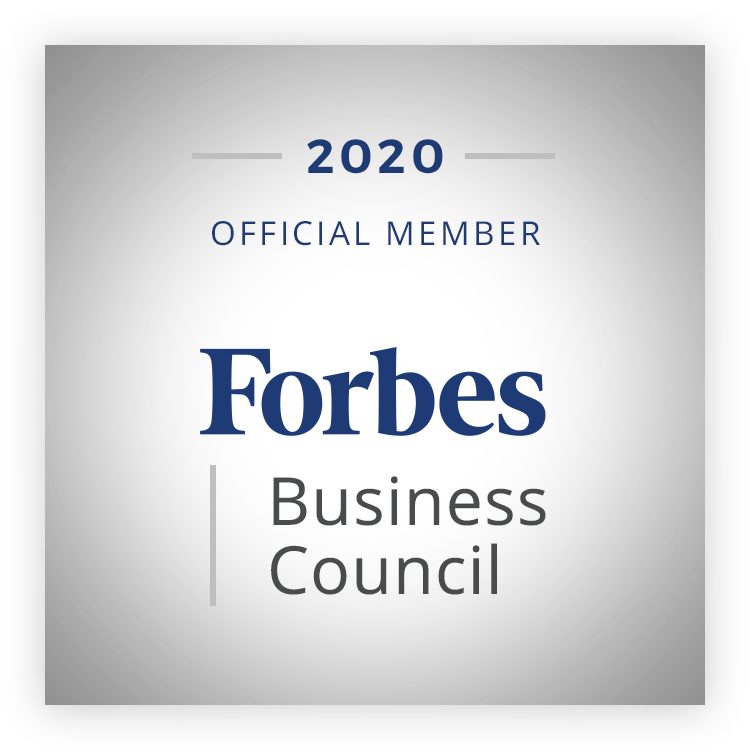In order to scale culture and employee engagement initiatives, organizations need to choose and make the best use of technology, in addition to other strategies. Luckily, HR tech is a booming market with new solutions coming out everyday. To simplify the options on the market, we’ve made a list of the pros and cons of the most popular culture and employee engagement tools and how they work to help you decide what could work for you.
- Slack:
- Pros:
- Facilitates real-time communication and collaboration.
- Integrates with numerous third-party apps for enhanced functionality.
- Easy to set up and use.
- Cons:
- Can lead to information overload and distractions if not managed effectively.
- Cost can add up for larger teams or organizations.
- Pros:
- Microsoft Teams:
- Pros:
- Seamless integration with Microsoft 365 tools.
- Video conferencing and chat in one platform.
- Strong security and compliance features.
- Cons:
- Interface may be overwhelming for some users.
- Limited integration options compared to other tools.
- Pros:
- Trello:
- Pros:
- Simple and visually appealing project management.
- Easy drag-and-drop task management.
- Offers a free basic plan.
- Cons:
- Limited features compared to more comprehensive project management tools.
- May not scale well for complex projects.
- Pros:
- Asana:
- Pros:
- Robust project management capabilities.
- Supports task dependencies and team collaboration.
- Customizable for different work processes.
- Cons:
- Learning curve for new users.
- Can become complex for small teams with simple needs.
- Pros:
- JIRA:
- Pros:
- Ideal for software development and agile project management.
- Advanced customization and reporting options.
- Integration with other developer tools.
- Cons:
- May be too complex for non-technical teams.
- Requires significant setup and configuration.
- Pros:
- Zoom:
- Pros:
- High-quality video and audio conferencing.
- User-friendly interface.
- Offers a free plan for small meetings.
- Cons:
- Security and privacy concerns in the past.
- Limited team collaboration features outside of meetings.
- Pros:
- BambooHR:
- Pros:
- Comprehensive HR features, including onboarding and performance management.
- User-friendly interface.
- Good customer support.
- Cons:
- Pricing can be expensive for smaller companies.
- Advanced reporting may require additional costs.
- Pros:
- Gallup Q12:
- Pros:
- Well-established employee engagement survey methodology.
- Provides actionable insights for improving engagement.
- Benchmarks available for comparison.
- Cons:
- Surveys may not capture all aspects of company culture.
- Limited customization compared to some other survey tools.
- Pros:
- 15Five:
- Pros:
- Focuses on continuous feedback and employee growth.
- Easy to use with a user-friendly interface.
- Integrates well with other tools.
- Cons:
- May not suit all industries or organizational structures.
- Pricing can be a barrier for smaller businesses.
- Pros:
- Culture Amp:
- Pros:
- Provides in-depth analytics and insights on employee engagement.
- Highly customizable to adapt to unique company cultures.
- Supports 360-degree feedback.
- Cons:
- Pricing may be prohibitive for smaller companies.
- Implementation can be time-consuming.
- Pros:
This variety of options can be mind-boggling and confusing in terms of what will work best for your specific company. One of the ways we help organizations is by assessing your existing culture and organizational needs and helping you choose the best tools to deploy for your situation.If you’ve already chosen and implemented a tool, we can also help you get more value and adoption to make sure it’s meeting your goals.

